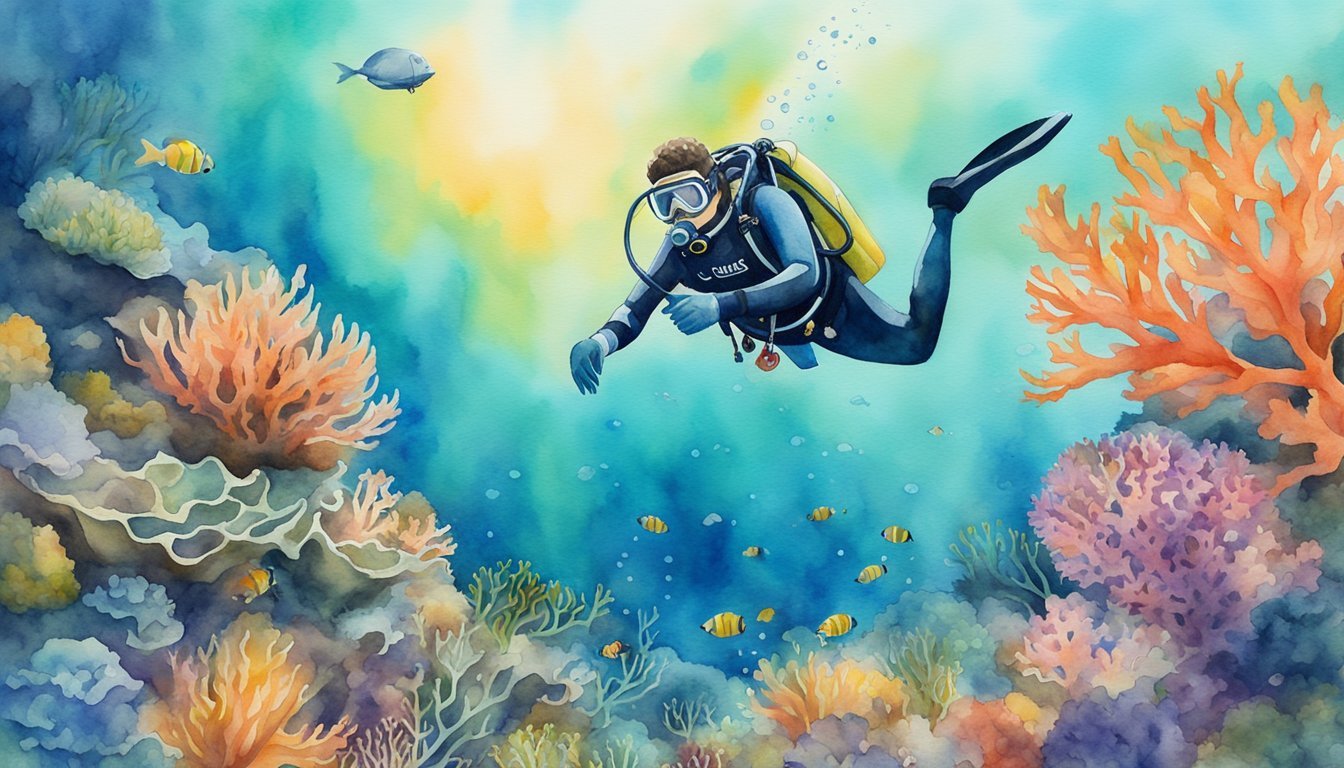Discovering Venus Flower Baskets

The quest to understand the Venus flower basket has unveiled a species as intriguing as it is delicate. This deep-sea entity is both a marvel of the marine world and a subject of scientific study.
Biological Classification
The Venus flower basket belongs to the class Hexactinellida within the phylum Porifera, more commonly known as glass sponges. The scientific name for this specific type is Euplectella aspergillum.
Physical Structure and Characteristics
Their structure is characterized by a unique lattice skeleton composed of silica, forming a strong tubular frame that can withstand the pressures of deep-sea environments. This skeleton features 6-pointed siliceous spicules that provide structural support to their vase-shaped body.
Ecological Presence
Venus flower baskets are found in the deep waters of the Pacific Ocean, particularly around the Philippine Islands and Japan. Inhabiting depths below 500 meters, they attach to soft sediments or hard substrates on the benthic seafloor.
Unique Attributes and Adaptations
These sponges possess attributes that enhance their survival in deep waters, such as bioluminescence and the ability to manage fluid-dynamic effects with their complex structure. The silica nanoparticles within their composition lend them their glass-like appearance.
Interaction with Other Marine Life
A remarkable example of marine cohabitation is seen in the mutualistic relationship between Venus flower baskets and certain species of glass sponge shrimp, which live protected within the sponge’s structure.
Feeding Mechanisms
Venus flower baskets feed by filtering seawater through in-current canals, capturing plankton and marine snow, further facilitated by choanocytes lining the inner chambers, providing a selective filter feeding system.
Symbolism and Cultural Significance
The intricate structure of Venus flower baskets has cultural value, notably in Japan, where they symbolize undying love, as a mated pair of shrimp are often found inside, spending their entire life within the sponge’s safe confines.
Implications Beyond the Ocean

The Venus’s flower basket, with its remarkable structure and material composition, extends its influence well beyond its deep-sea habitat, contributing significantly to various fields such as biotechnology and environmental studies.
Scientific Research and Applications
Researchers are captivated by the Venus’s flower basket due to its unique silica structure. Its lattice framework, similar to triaxon spicules, has inspired advanced biomaterials. For instance, it influenced the development of a 3-D-printed grid with enhanced load-bearing capabilities. This innovation reflects how materials science can learn from biological systems, where the sponge’s design can be applied in industrial contexts.
Role in Environmental Systems
Ecologically, sponge reefs, including those formed by the Venus’s flower basket, play a crucial role in benthic environments. They facilitate a syconoid type of canal system aiding in efficient filter feeding which helps in maintaining water quality. Additionally, these reefs can influence the deposition of sediment and the flow of currents, demonstrating how a single species’ habits, like the Venus’s flower basket, can have broader implications for ecological systems.
Influence on Industry and Technology
The Venus’s flower basket shows potential in industries such as biomedicine and biotechnology due to its skeleton’s resilience, which is made up of silica and is capable of bearing loads many times its own weight without buckling. Its skeletal structure provides an excellent model for engineering thin-walled but strong structures which could lead to the creation of innovative designs in architectural and industrial products.
Biological Interactions and Breeding
In terms of biology, the Venus’s flower basket plays a significant role in deep-sea ecology. Not just a glass sponge but also a home, this species houses tiny shrimps that enter the sponge when they are small, reproducing and living their entire lives inside the safety of the sponge’s basket-like structure. This fascinating breeding symbiosis showcases complex biological interactions and mutual benefits that occur deep in the ocean, highlighting an intricate example of marine reproductive habits and coexistence.

